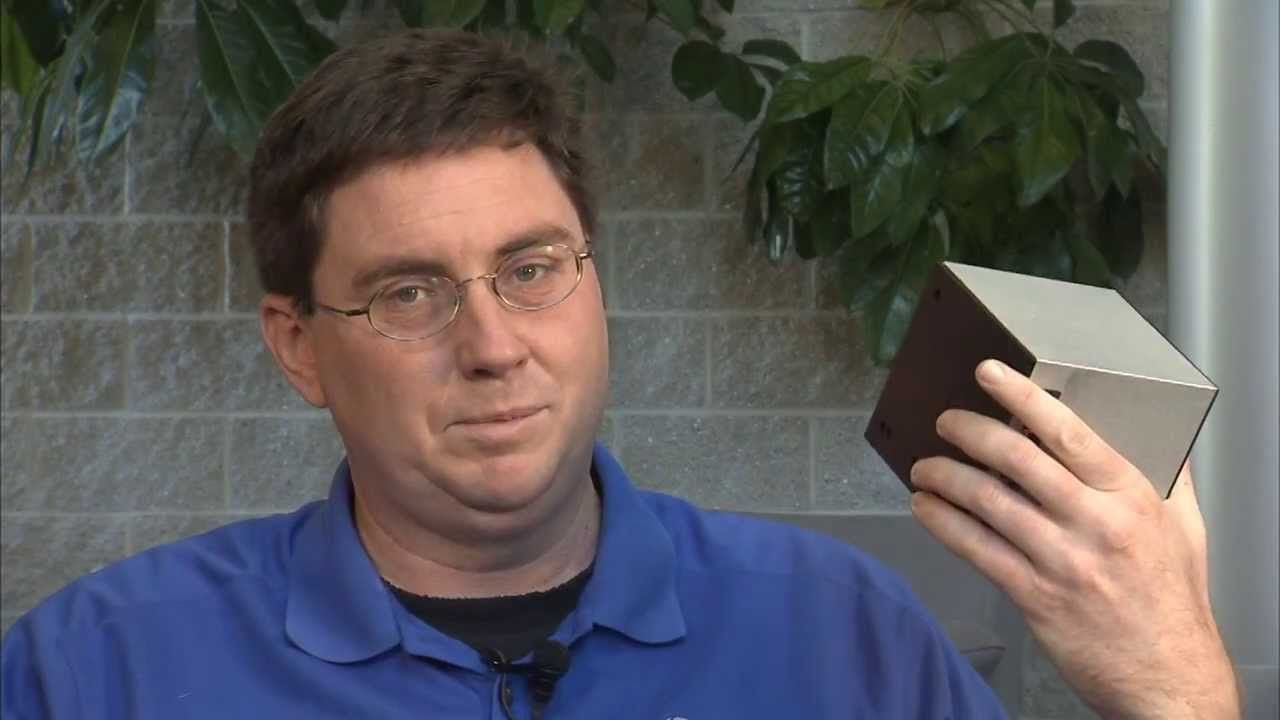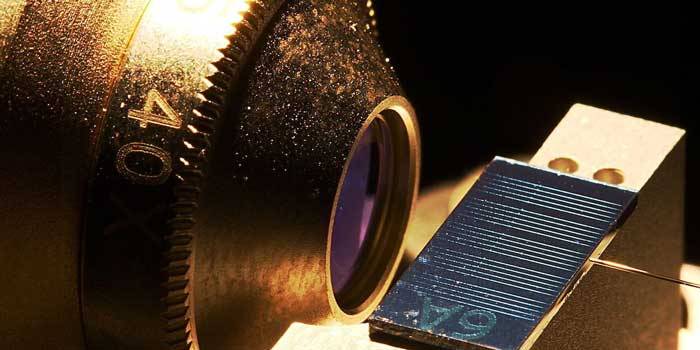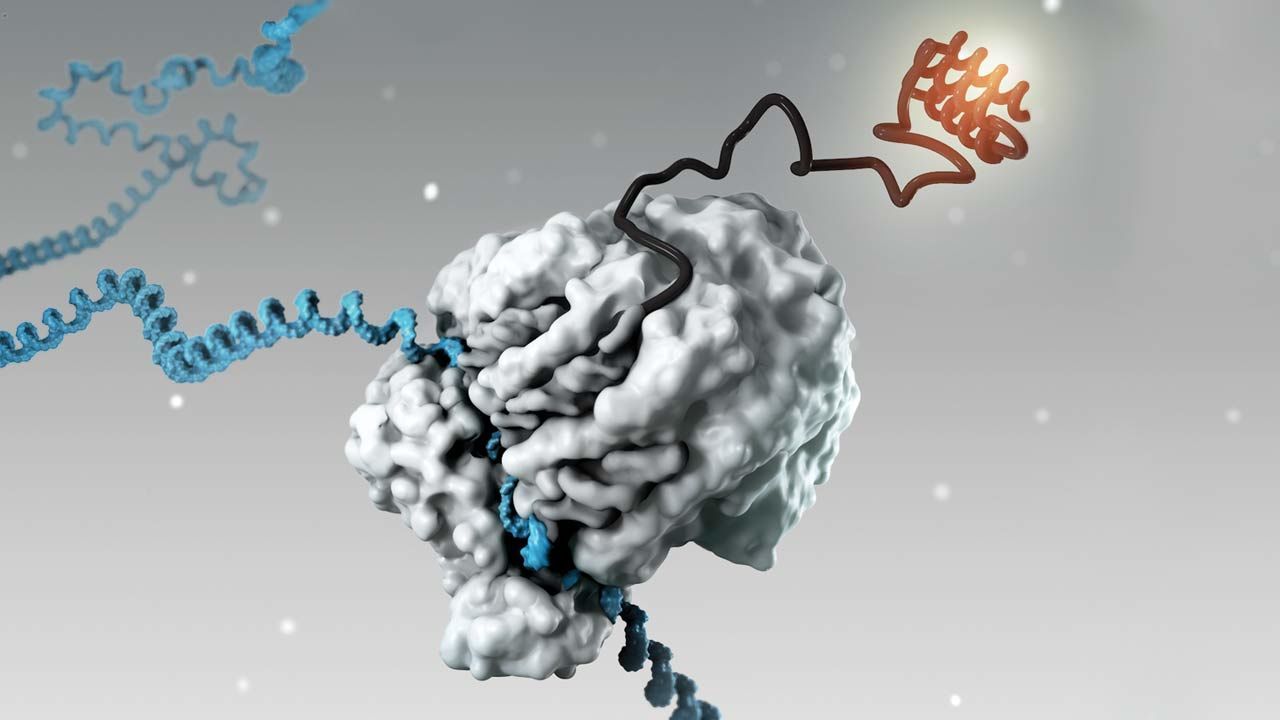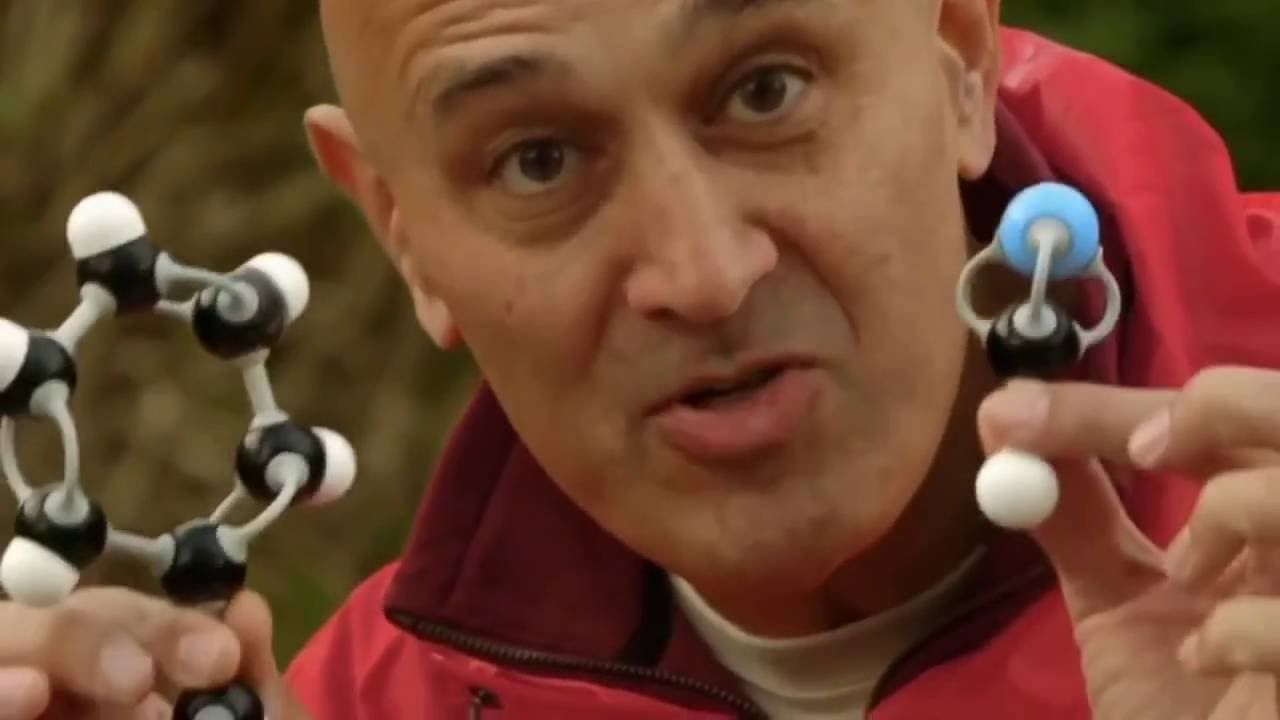Quantum Cognition — recently published as a new field term for cognitive thinking.
Quantum cognition is an emerging field which applies the mathematical formalism of quantum theory to model cognitive phenomena such as information processing by the human brain, language, decision making, human memory, concepts and conceptual reasoning, human judgment, and perception. [1][2][3][4] The field clearly distinguishes itself from the quantum mind as it is not reliant on the hypothesis that there is something micro-physical quantum mechanical about the brain. Quantum cognition is based on the quantum-like paradigm[5][6] or generalized quantum paradigm [7] or quantum structure paradigm [8] that information processing by complex systems such as the brain, taking into account contextual dependence of information and probabilistic reasoning, can be mathematically described in the framework of quantum information and quantum probability theory.
Quantum cognition uses the mathematical formalism of quantum theory to inspire and formalize models of cognition that aim to be an advance over models based on traditional classical probability theory. The field focuses on modeling phenomena in cognitive science that have resisted traditional techniques or where traditional models seem to have reached a barrier (e.g., human memory [9]), and modeling preferences in decision theory that seem paradoxical from a traditional rational point of view (e.g., preference reversals [10]). Since the use of a quantum-theoretic framework is for modeling purposes, the identification of quantum structures in cognitive phenomena does not presuppose the existence of microscopic quantum processes in the human brain.
Read more















